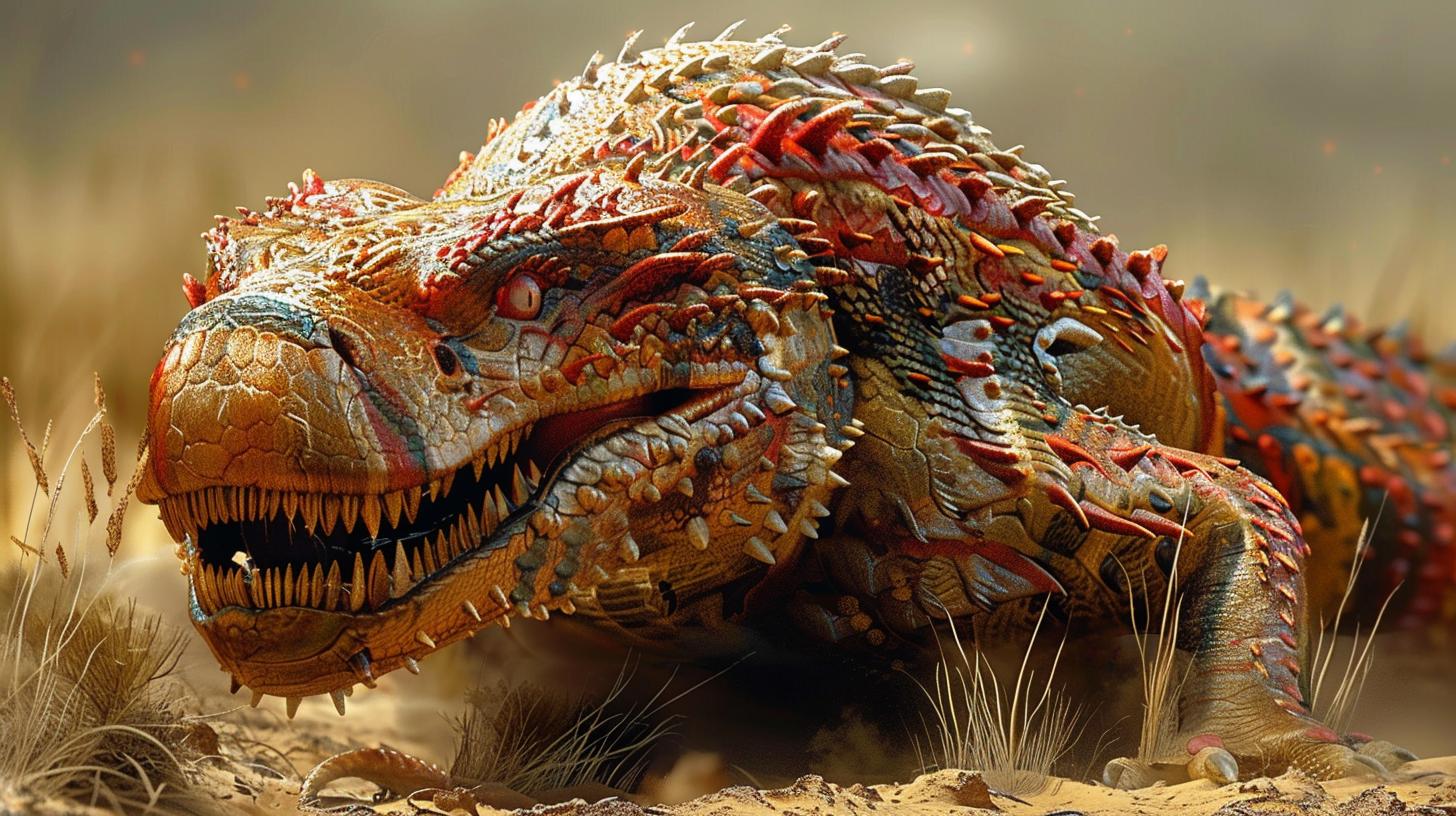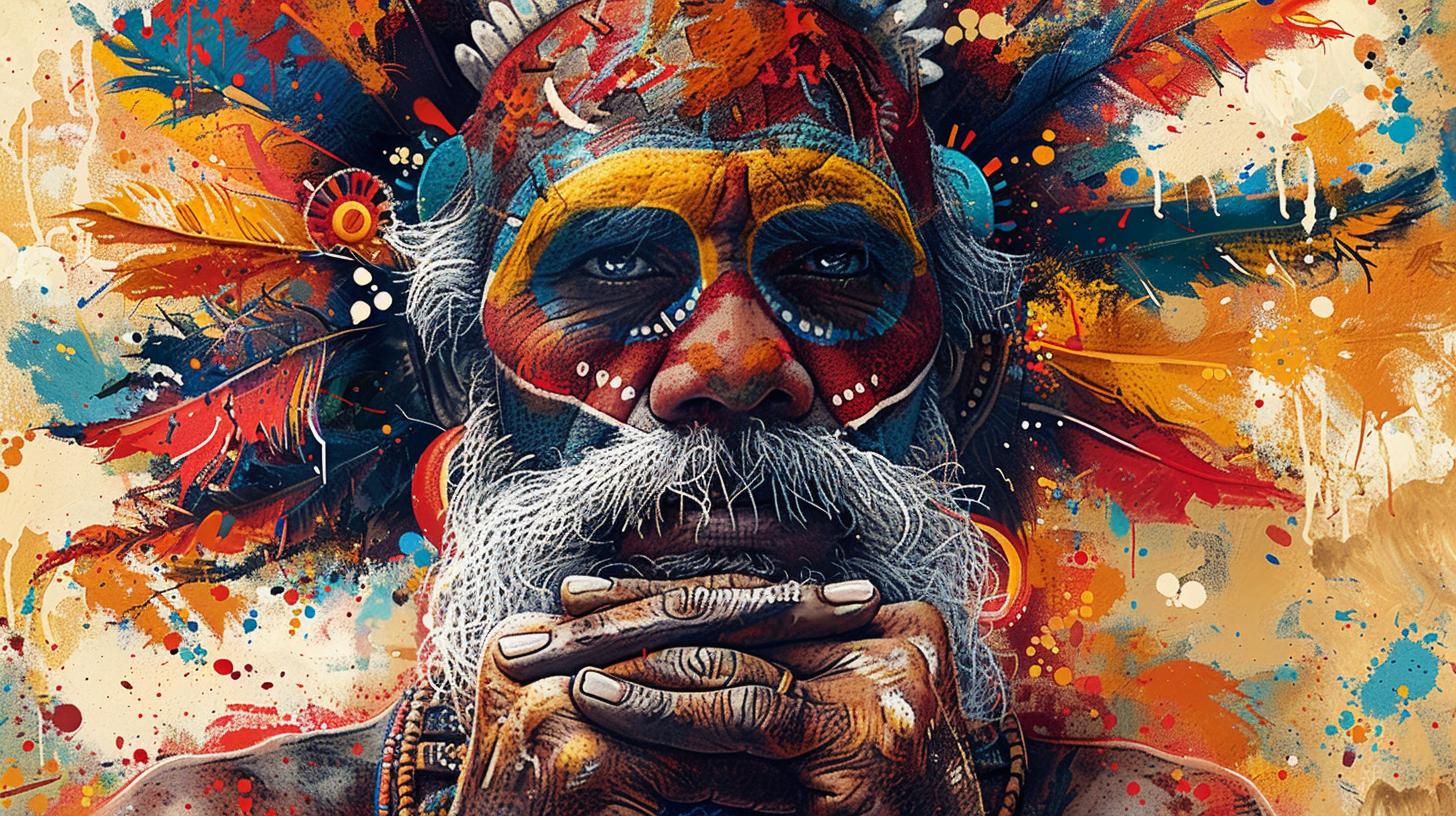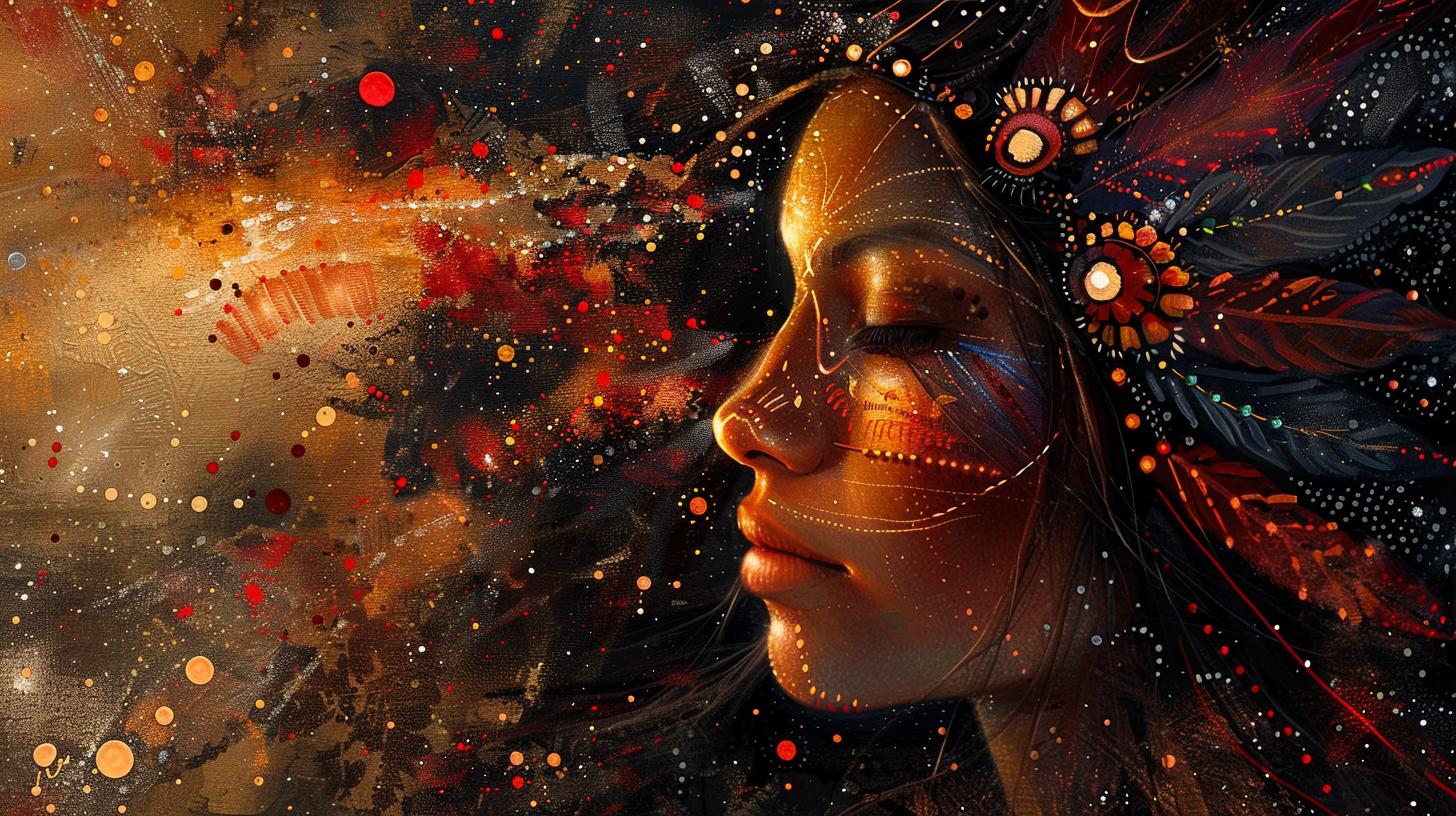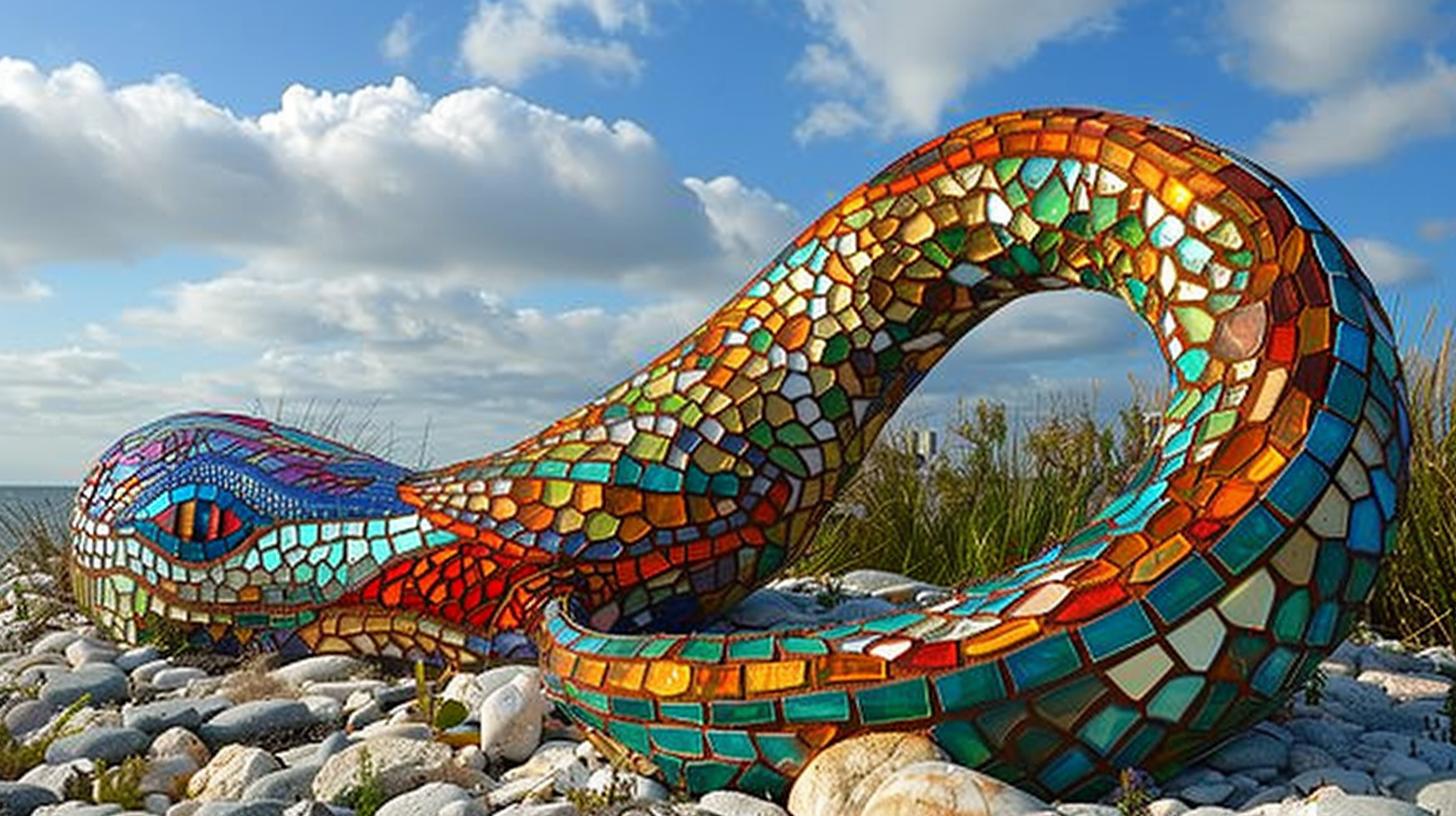Australian Aboriginal Mythology: Exploring the Rich Spiritual Traditions of Indigenous Australians
Australian Aboriginal Mythology is a rich spiritual tradition of Indigenous Australians. It encompasses beliefs, Dreamtime narratives, and connections between people and the land. Creation stories, totemism, and the impact of colonization are key aspects.
Research shows scientific explanations for some myths, bridging traditional beliefs and modern understanding.
List of Aboriginal Gods and Goddesses
Understanding Australian Aboriginal Mythology
Australian Aboriginal Mythology encompasses a rich tapestry of beliefs, practices, and narratives that offer profound insights into the cultural and spiritual heritage of Indigenous Australians. Within this intricate framework, several key themes emerge that shed light on the profound connection between Aboriginal peoples and their ancestral traditions.
Aboriginal Beliefs and Practices
- The beliefs held by Aboriginal communities are deeply rooted in the spiritual connection to the land and the Dreamtime.
- Through rituals, ceremonies, and storytelling, these beliefs are passed down through generations, preserving ancient wisdom and knowledge.
Significance of Dreamtime in Aboriginal Culture
The Dreamtime, a concept central to Aboriginal cosmology, represents the era of creation when ancestral spirits shaped the world and laid the foundation for existence.
Relationship Between People and the Land
- Aboriginal mythology emphasizes the intimate bond between individuals, communities, and the natural environment.
- This interconnectedness underscores the importance of sustainable living practices and respect for the Earth’s resources.
Creation Stories in Australian Aboriginal Mythology
Australian Aboriginal Mythology holds a rich tapestry of Creation Stories that explain the origins of the world and the role of ancestors in shaping existence.
Deities in Aboriginal Mythology
The mythological landscape of Australian Aboriginal Culture is populated by various deities, each with unique attributes and powers.
The Rainbow Serpent
The Rainbow Serpent is a prominent figure in Aboriginal Mythology, representing fertility, creation, and the essence of life itself.
Other Significant Spiritual Beings
- Spiritual beings in Aboriginal Mythology encompass a diverse range of entities, from guardian spirits to shapeshifting tricksters.
- These beings play pivotal roles in the cosmology of Indigenous Australians, guiding and influencing the human experience.
Aboriginal Gods and Spirits
In Australian Aboriginal mythology, the belief in deities and spiritual beings plays a central role in the rich tapestry of indigenous spirituality.
From the Rainbow Serpent to other significant entities, these mythological figures are deeply intertwined with cultural practices and beliefs.
Deities in Aboriginal Mythology
Aboriginal deities are revered for their roles in the creation of the world and the ongoing maintenance of order and balance. These divine beings are often associated with natural phenomena, emphasizing the interconnectedness of the spiritual and physical realms.
The Rainbow Serpent
The Rainbow Serpent holds a prominent place in Australian Aboriginal mythology, representing the life-giving power of water and the cyclical nature of existence. Legend has it that the Rainbow Serpent shaped the landscape and continues to influence the wellbeing of the land and its inhabitants.
Other Significant Spiritual Beings
- Spiritual entities beyond deities and the Rainbow Serpent
- Their roles in cultural narratives and ceremonial practices
- Diverse manifestations of spiritual beings in different Aboriginal traditions
Totemism and Kinship Systems
Totemism and kinship systems are integral components of Australian Aboriginal culture, shaping social structures and individual identities.
Within Aboriginal communities, the concept of totem animals holds deep significance, symbolizing connections to ancestral beings and specific aspects of the natural world.
Concept of Totem Animals
- Totem animals are seen as spiritual guides that offer wisdom and protection.
- Individuals are often associated with a particular totem animal based on lineage or personal experiences.
- These totemic connections influence social interactions, rituals, and responsibilities within the community.
Social Structure and Identity
Kinship systems among Aboriginal groups are complex and play a crucial role in defining familial relationships and societal organization.
Clan affiliations, descent groups, and marriage rules are all governed by kinship structures, fostering bonds of reciprocity and mutual support.
Clan Affiliations
- Clans are composed of individuals who share common ancestry and totemic affiliations.
- Members of a clan collaborate on ceremonial activities and rituals that reinforce their collective identity.
Descent Groups
- Descent is traced through matrilineal or patrilineal lines, determining inheritance and kinship obligations.
- Elders within descent groups hold authority and transmit cultural knowledge to younger generations.
Marriage Rules
- Aboriginal societies adhere to strict marriage regulations that regulate relationships between clans and maintain social harmony.
- Marriages often serve to forge alliances and strengthen ties between different kinship groups.
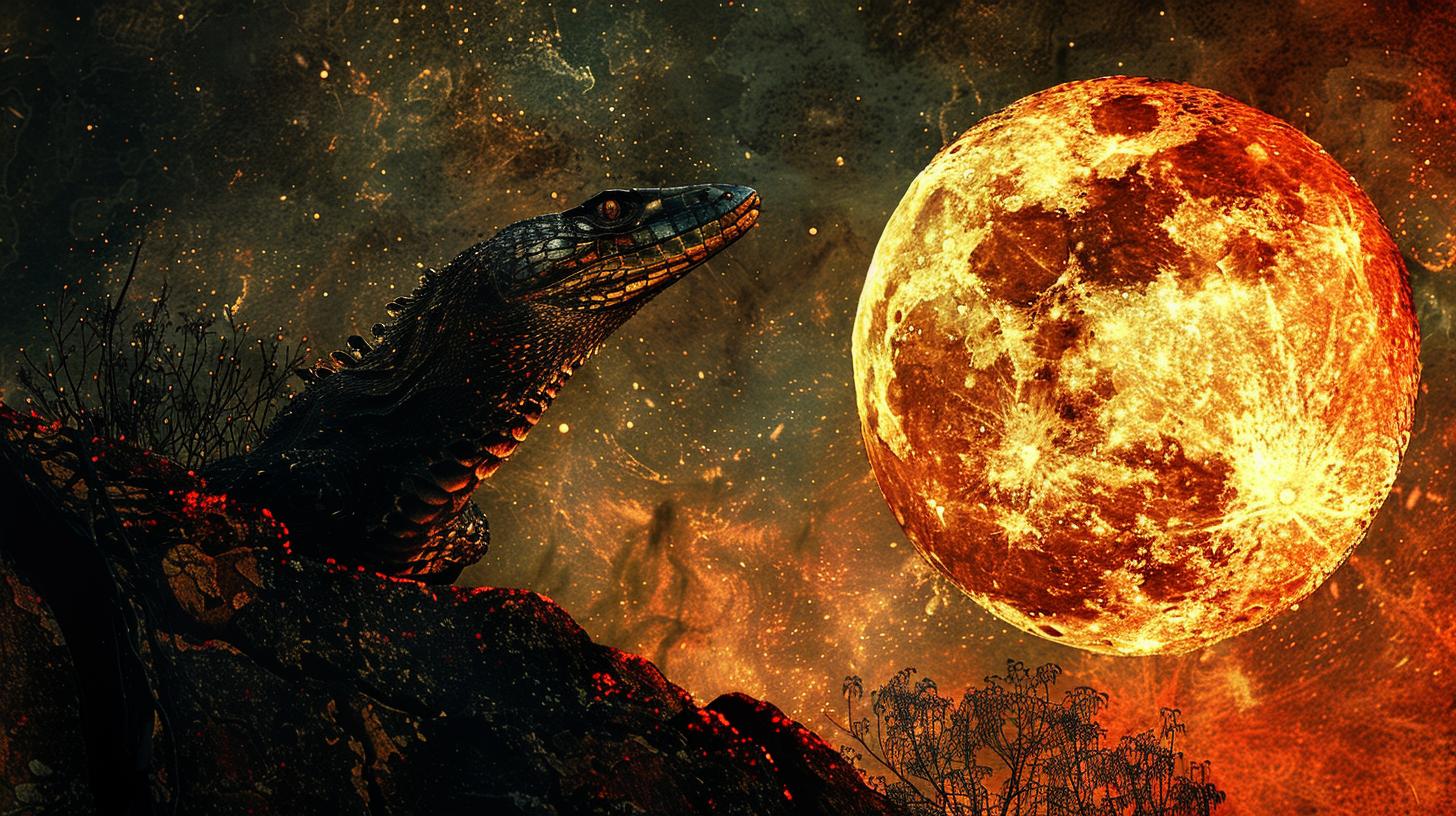
Impact of Colonization on Aboriginal Mythology
The colonization of Australia by European powers had a profound impact on the rich spiritual traditions of the Aboriginal people. This section delves into the effects of colonization on Aboriginal mythology, examining how the arrival of foreigners disrupted cultural practices and threatened the preservation of ancient beliefs.
Disruption of Cultural Traditions
As European settlers established colonies and imposed their own cultural norms, the traditional practices of the Aboriginal people came under threat. The forced assimilation and suppression of Indigenous beliefs and practices led to a loss of cultural identity and a weakening of the oral traditions that had been passed down for generations.
Loss of Land and Connection to the Land
The dispossession of Aboriginal land and the destruction of sacred sites further alienated the Indigenous population from their spiritual roots. The deep connection between the people and the land, central to their mythology, was severed as colonization altered the landscape and disrupted the natural balance that had existed for millennia.
Preservation Efforts and Cultural Revival
Despite the harsh impact of colonization, efforts have been made to preserve and revitalize Aboriginal mythology. Indigenous communities have worked to reclaim their cultural heritage, revive ancient practices, and pass down traditional stories to future generations.
Initiatives aimed at cultural preservation and the recognition of Indigenous rights have been instrumental in keeping Aboriginal mythology alive in the face of ongoing challenges.
Reclaiming Cultural Identity
Through education, activism, and advocacy, Aboriginal communities have sought to reclaim their cultural identity and assert their rights to practice their traditional beliefs. The reclamation of language, art, and storytelling has been crucial in rebuilding cultural resilience and strengthening the bond between the people and their ancestral heritage.
Scientific Interpretations of Aboriginal Myths
Scientific interpretations of Australian Aboriginal myths delve into the intricate connections between traditional stories and natural phenomena, offering insights into ancient knowledge that align with modern understanding.
Relationship Between Mythology and Natural Phenomena
- Australian Aboriginal myths often symbolize natural events and processes, such as the changing of seasons, through storytelling.
- The Dreamtime narratives mirror geological events and celestial observations, depicting the interconnectedness of the spiritual and physical worlds.
- Researchers have found correlations between Aboriginal stories and scientific explanations for phenomena like weather patterns and animal behaviors.
Mythological Geographical Features
- The landscape itself is imbued with significance in Aboriginal mythology, with formations and landmarks serving as repositories of ancestral knowledge and wisdom.
- Rock art and oral traditions convey the origins of geological formations and elucidate the cultural importance of specific sites.
- Scientific studies have validated Aboriginal accounts of ancient waterways and now-dry lakes, corroborating the accuracy of their mythological narratives.
Modern Scientific Perspectives
- Contemporary researchers recognize the value of Aboriginal mythology as a repository of ecological knowledge, providing insights into sustainable practices and environmental stewardship.
- Collaborations between Indigenous communities and scientific institutions seek to integrate traditional wisdom with modern research methodologies, enhancing our understanding of nature and biodiversity.
- The scientific interpretations of Aboriginal myths underscore the enduring relevance of Indigenous wisdom in addressing contemporary environmental challenges and promoting conservation efforts.
.

